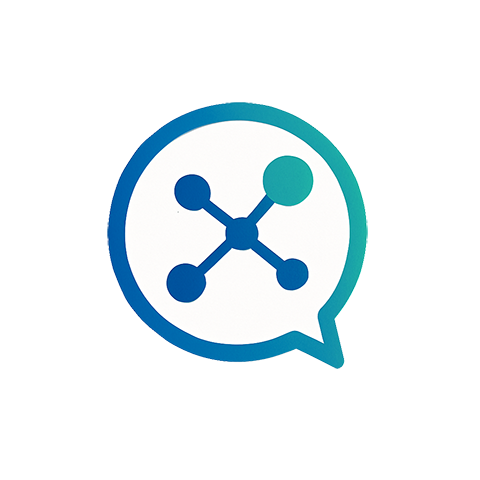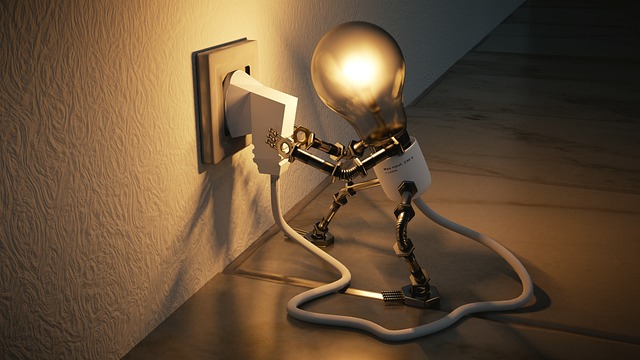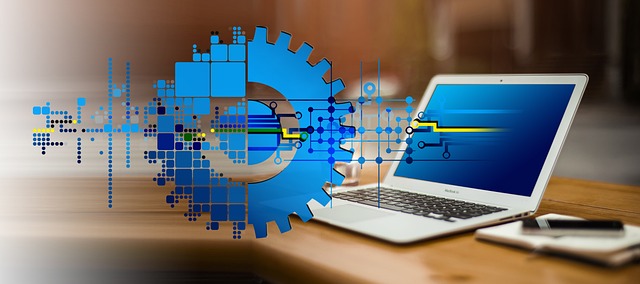As the world becomes more interconnected, the way we think about power shifts from a simple commodity to an intelligent, networked resource. Intelligent energy systems—where sensors, algorithms, and communication layers collaborate—are already transforming homes, industries, and cities. This evolution brings a new set of expectations: we must learn how to behave responsibly in a digital power ecosystem. Technology etiquette is no longer a matter of polite gestures; it is about understanding how our actions influence grids, markets, and the environment. In this article we explore how the rise of intelligent energy reshapes social behavior, the etiquette that emerges from it, and the broader social trends that drive this transformation.
The Rise of Intelligent Energy
Intelligent energy refers to power systems that use real‑time data and adaptive controls to optimize consumption, distribution, and generation. Smart meters report usage patterns to utility companies, while home automation devices learn user habits to schedule appliance operation during off‑peak times. Microgrids harness local renewable sources and battery storage, balancing supply and demand without human intervention. The digital backbone—often a mesh of sensors, edge processors, and cloud analytics—creates a responsive, resilient network that reduces waste and enhances reliability.
Such sophistication also brings complexity. With thousands of nodes communicating constantly, any single misconfiguration can ripple across the network. The stakes of etiquette rise because individuals and organizations must consider not only their own consumption but also how they affect neighboring nodes, grid stability, and broader climate goals.
Technology Etiquette in the Digital Grid
In a world where every kilowatt counts, etiquette takes the form of deliberate, data‑driven habits. First, be mindful of peak demand. Scheduling heavy appliances—dishwashers, dryers, or electric vehicle charging—during off‑peak hours signals respect for the shared resource and reduces the need for additional peaking plants.
“The grid is a shared living space; we all pay for its maintenance.”
Second, adopt the principle of transparency. Many intelligent energy platforms provide dashboards that show real‑time consumption. Use these tools to identify inefficiencies and set achievable reduction targets. When people understand how their habits affect costs and emissions, they are more likely to adjust.
Third, coordinate with neighbors. In community microgrids, cooperative load balancing can prevent local blackouts. Sending a simple message—“I’ll run my dishwasher tonight”—helps the control algorithm redistribute power more efficiently.
Social Trends Shaping Energy Use
Several cultural currents influence how we engage with intelligent energy. The rise of sustainability consciousness pushes consumers toward renewable sources and low‑carbon footprints. Meanwhile, the gig economy and remote work increase the number of households with electric appliances, intensifying demand on local grids. Digital natives expect seamless integration: their phones, smart speakers, and wearables should all cooperate to optimize energy usage without manual intervention.
Social media amplifies awareness but also creates pressure. Viral challenges that showcase energy efficiency—such as “72‑hour unplug” events—propel people to adopt greener habits. Yet, the same platforms can spread misinformation about how to interact with intelligent energy systems, underscoring the need for clear, authoritative guidelines.
Challenges and Misconceptions
Despite the promise of intelligent energy, several barriers remain. Privacy concerns arise when devices collect detailed usage data. Users may fear that their consumption patterns could reveal personal habits or that data could be sold to third parties. Transparent data governance and strict anonymization policies are essential to maintain trust.
Another misconception is that the system will automatically make all optimal decisions. In reality, algorithms rely on accurate input. Incorrect settings—such as over‑tight temperature limits on HVAC systems—can cause discomfort or even equipment damage. Continuous monitoring and user education are therefore crucial components of responsible etiquette.
Practical Tips for Individuals
- Leverage Smart Plugs: Plug appliances into smart outlets that allow you to schedule operation times and monitor energy use from your smartphone.
- Use Load‑Sharing Apps: Some utilities offer apps that display the current load of your neighborhood, helping you choose the best time to run high‑consumption tasks.
- Participate in Demand‑Response Programs: Sign up for incentives where you receive a small reward for reducing usage during critical periods.
- Educate Your Household: Share insights from dashboards and encourage family members to understand how their habits affect the grid.
- Advocate for Fair Policies: Engage with local regulators to ensure that the pricing models for intelligent energy are transparent and equitable.
The Future Landscape
Looking ahead, the integration of artificial intelligence, blockchain, and edge computing promises even finer control over intelligent energy. Predictive algorithms could anticipate weather shifts and pre‑emptively adjust storage and generation. Decentralized energy markets might allow households to trade surplus power, fostering a culture of energy reciprocity.
As these innovations roll out, the etiquette of energy consumption will evolve. It will demand a blend of technical literacy and social responsibility. Ultimately, the success of intelligent energy hinges on a community that not only embraces the technology but also respects the shared nature of our power resources.




